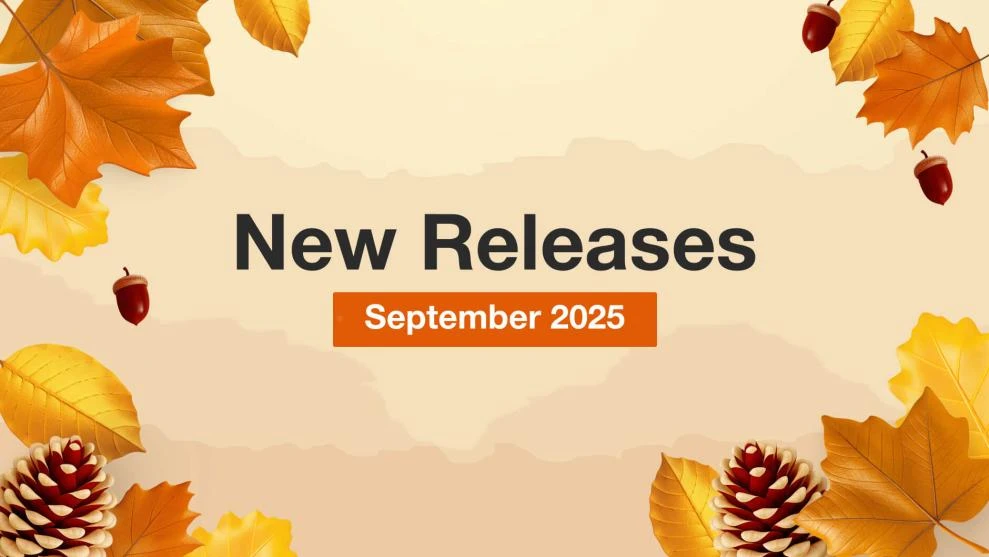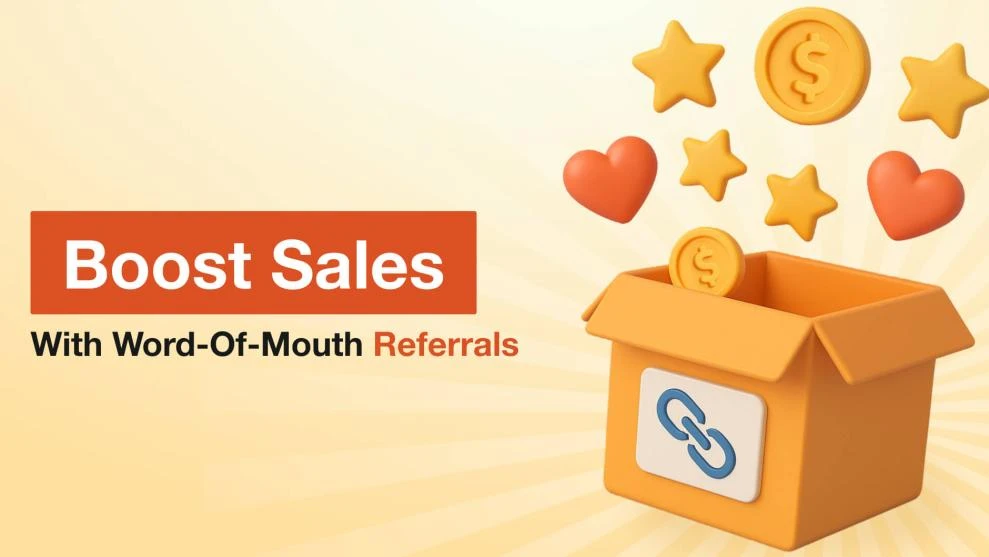Setting up discounts in your Magento 2 store with price rules
-
 Vyacheslav Trukhmanov
Vyacheslav Trukhmanov
- Online Marketing
- 7 min read
The questions below address the basics for storeowners who want to start driving more sales through incentivising the customers. The tricky part is, there is one more important question to be asked.
1. Do I actually need to offer discounts at my store?
The answer to this question depends greatly on what your goals are, as there is a set of aims that discounts are suitable for and a list of things they are not.
Discounts work well for:
- Short-term sales driving
- Getting rid of overwhelmed stocks
- Returning customer loyalty increase
- New customers attraction.
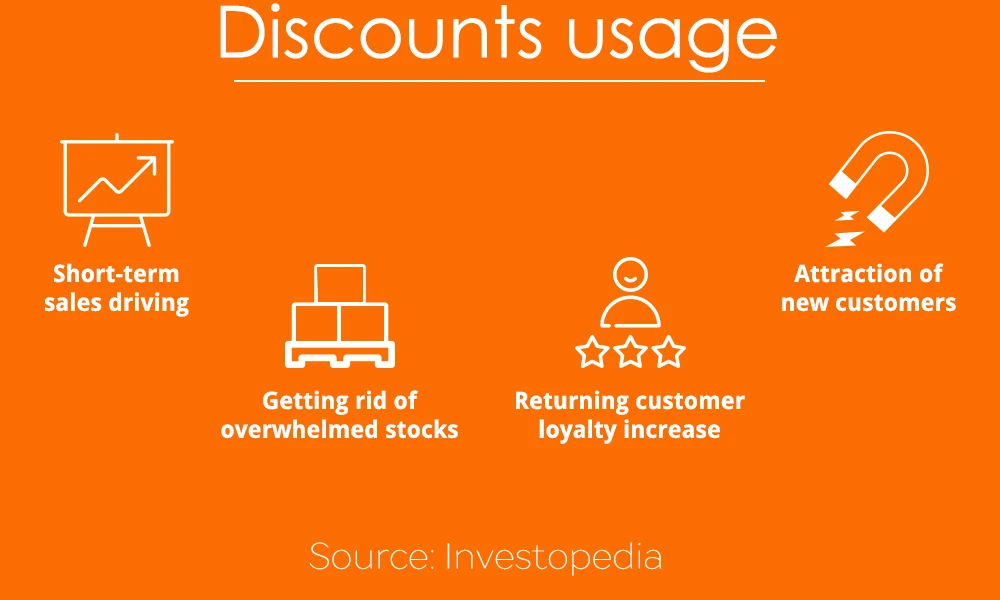
If you're looking to hit some of these goals – great, feel free to start setting up your discount model.
On the other hand, there is a set of reasons you should consider extra carefully in regards to discounts usage:
- Brand devaluation. Customers often get the assumption that if you are using discounts, your business is in trouble as you need to incentivise them to make a purchase.
- Customers conditioning. If you are frequently launching discount campaigns, your regular customers will get conditioned – which is rational – and will wait for sales period to buy a product. Sunil Gupta and Lee G. Cooper, in their “The Discounting of Discounts and Promotion Thresholds” research, state that “constant discounting leads to conditioning of the customers and a shift in perception of what vendor offers. Customers believe that offered discounts still keep the margin of the vendor way higher than stated and cut the rates of offered discounts by up to 10%”.
- Misfocus of Marketing department. Often ecommerce store owners too often push their marketers to launch more sales to incentivise customers. As a result, the whole strategy becomes misplaced with “holidays newsletter from specific company”. Discounts are important, but they are just an element of the Marketing strategy, specifically the Pricing strategy.
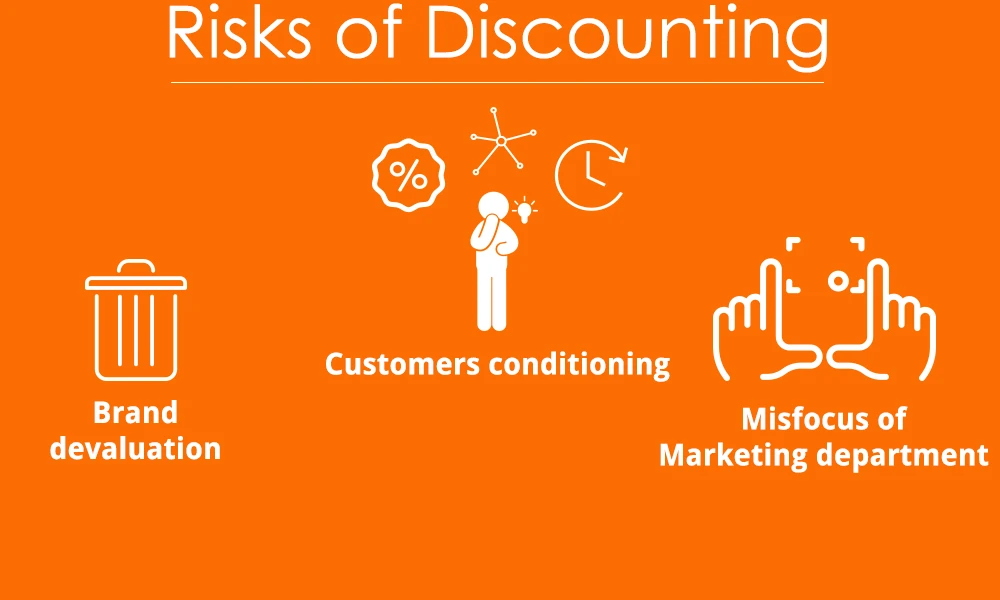
Short term sales driving
Oh yes, that is the field discounts are insanely good at-- at least for a set period of time. Why is this the case? Users have been conditioned – they know they can expect a sale, so why to pay more? It's absolutely rational, I think. In that case, how can we avoid this issue? What's the solution? Ask and you shall receive! Here is a set of tips to consider:
- Craft campaigns around special occasions – not the other way round.
- Avoid building too much routine. Leave a sense of mystery for your customers. Otherwise, they might get used to it and only buy special offers, always expecting extra-special sales.
- The discounts usage should be tailored to your whole monetization strategy.
What about the results of such campaigns? Let’s take a look at the case of Julep:
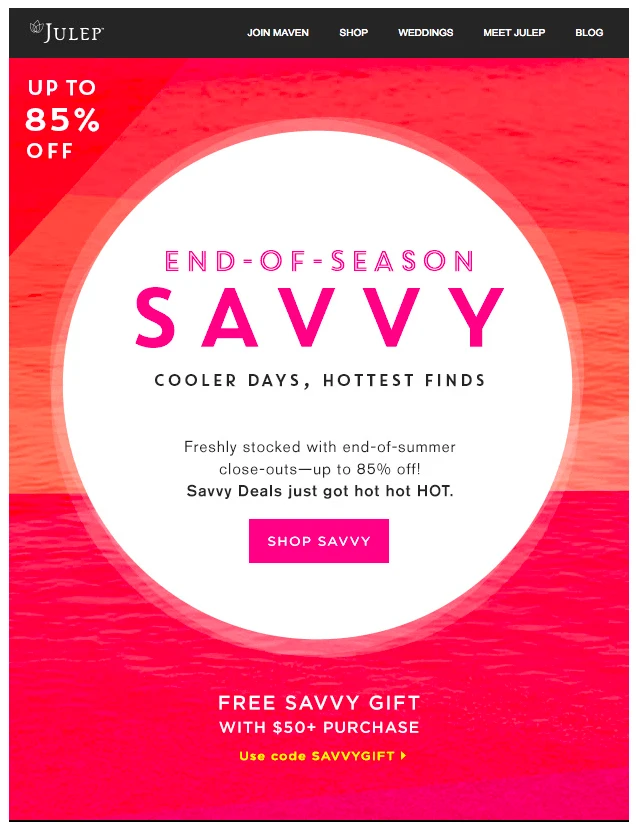
Image #N Juler End of season discount
This campaign was extremely successful – I can’t tell you more specific data due to laws surrounding trade secrets. What was so special about this campaign?
- Amount of discount? Well, it is impressive, but that’s not all. Such a generous discount can turn out to be a huge loss if the campaign isn’t executed with utmost accuracy. Also, you should always consider the particular industry you're working in. Juler is a clothes retailer, and the clothes are a seasonal product. The products can’t sit on the racks until next summer as they will be outdated and have less value. What is more, they will occupy the space of the winter garments in demand for the cold weather season, so this apparel has to be sold now – in other words, by the end of the season, Juler wasn’t actually losing money even selling the products at these greatly reduced prices since its shelves were cleared out for the next season's line of products.
- Free gift + discount combo? Not necessarily.
- The absence of any other campaigns during the whole season – that was main amplifier of the campaign.
What is the big takeaway? Amplify your marketing ideas by utilizing discounts. Place them into your strategy, but never let them dominate over your strategy.
2. How can I check whether campaign was successful or not?
Well, ROI calculation is a pretty expansive topic and I doubt there is a more controversial aspect than sales campaign ROI estimation as there are lots of approaches of setting and using the discounts and also as the modeling of what-if-there-were-no-discount is only based on assumptions and expectations.
The classic marketing ROI is:
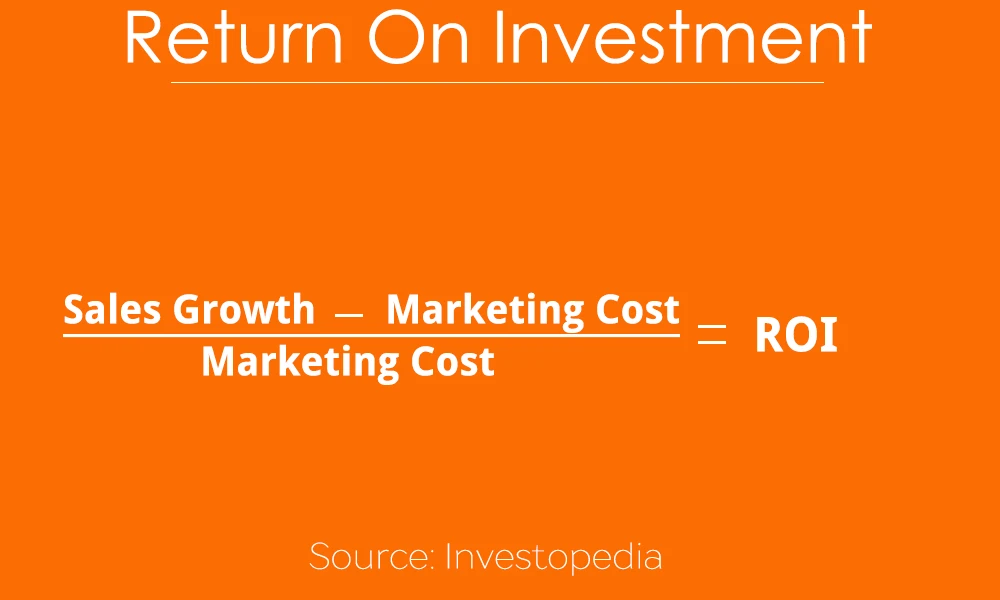 And this is the point where lots of Marketers got thinking their campaign was successful, and that he/she may be proud of it. But the thing is, this formula is missing one important aspect – the estimation of constant, organic sales growth. So the complete formula for discount campaign estimation looks like this:
And this is the point where lots of Marketers got thinking their campaign was successful, and that he/she may be proud of it. But the thing is, this formula is missing one important aspect – the estimation of constant, organic sales growth. So the complete formula for discount campaign estimation looks like this:
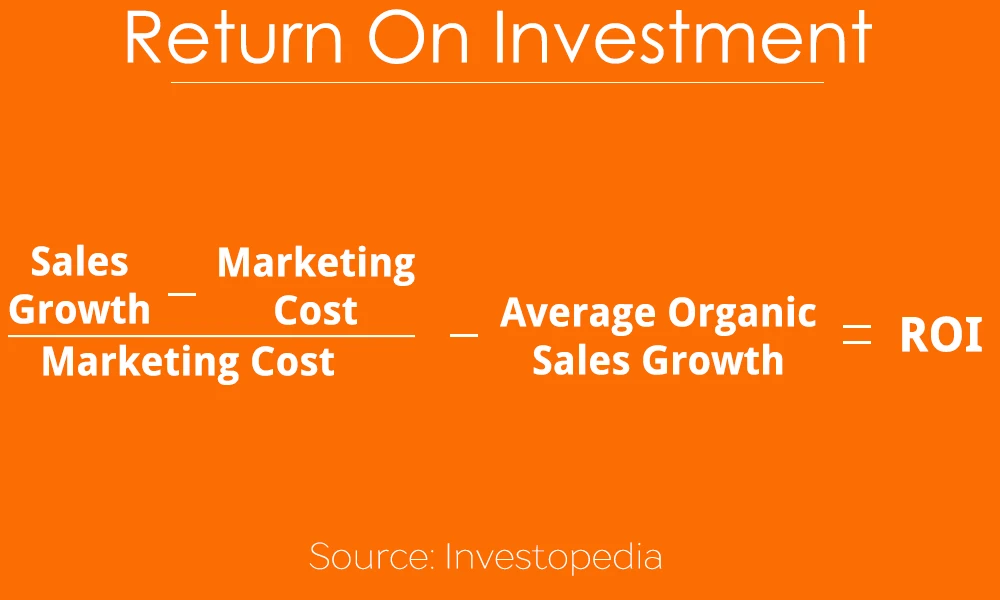
In case you want to go deeper into influences on the campaign, I suggest keeping a scoreboard of several indicators that define the overall state of your ecommerce business:
- Items per order;
- Average Order Value (one of the reasons you need it);
- Conversion Rate;
- New Visitor Conversion Rate;
- Shopping Cart Sessions;
- Abandonment Rate;
- Average Session Length;
- Pages Per Session;
- Product Views per Session;
- Bounce Rate.
Don’t hesitate to keep track of your Marketing successes and failures – this helps you outline what you need to change.
3. How do I set up discounts in Magento 2?
Magento 2 offers two options for setting up the discounts:
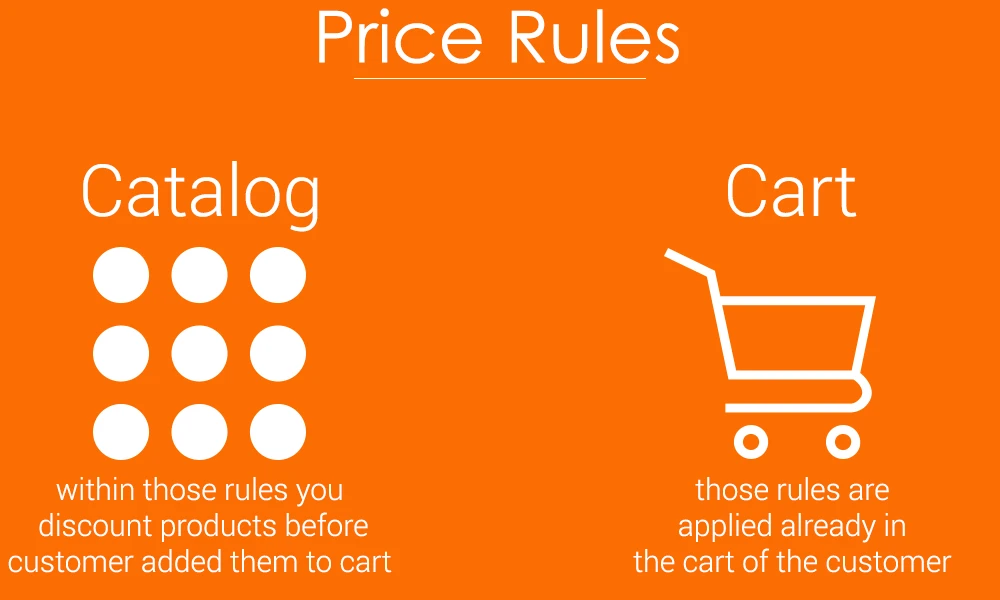
The difference in setting up is minimal, so we will guide you through setting up the Cart Price Rules.
Both Price Rules of the Magento 2 options can be found in the Marketing tab of the admin tool:
After going to the Promotions -> Cart Price Rules -> Add New Rule, we will have to set up the Rule Information data:
Rule Information
This submenu allows you to:
- set up the backend name for the rule. Tip: it’s better to mention the name of the campaign, the discount, and the group of people you are addressing – in case you have segmented list of customers.
- choose your customer segments. In other words, this Rule can be exclusive for some of your returning customers, for example, or as a special offer for newcomers.
- turn “on/off” your Rule. Put simple, you can prepare Rules in advance.
- apply your Rule to multiple Stores if you have them.
- place some hints about details of the Rule you are applying if you would like.
Proceeding with Rules Information:
- indicate whether your campaign will be coupon-based or not. This is mostly used to estimate some specific channel impact on the sales. If you decide to have a coupon-based campaign, state the special code that needs to be entered.
- in Magento 2 admin tool, you can also limit the number of uses per coupon, which indicates how many times one specific customer can use the coupon. This is commonly used for first-purchase-special-offers.
- in case you just want to get rid of some products from your stocks, you may limit the usage. This also can work as an incentive for making purchases faster. However, if a customer tries to use this coupon and discovers he or she is too late to redeem it, that may end in a bad user experience and overall customer loss. Ideally, you should use this option sparingly.
- for simultaneous campaigns without having cross-effects, Magento 2 offers an option of Priority set up for campaigns.
- you can post your campaign in the RSS Feed straight from the backend discount set up. – of course, there are time limitations.
Actions
The Actions tab allows us to configure the discount type, choosing among 4 options:
- Percent of product price discount.
- Fixed amount discount.
- Fixed amount discount for whole cart.
- Buy X and get Y free (discount amount is Y).
After choosing the appropriate discount type, you should set the Disсount amount – and shipment details – whether you want it to be free or with a discount applied.
Labels
In this submenu, you can select the labels you'd like for your campaign.
Conditions
The category is for storeowners who want to tailor discount type to their needs – this way, you can make it more specific than the basic options Magento 2 offers.
We’ve made it through the Conditions, congratulations!
SUMMARY
- Discounts are good when it comes to short term sales driving, but you need to stay mindful of the constant sales growth.
- Always remember that discounts should complement your pricing strategy, not replace it.
- Avoid conditioning of the customers! Make each new sale unique and unexpected, preferably tailored to special occasions or events.
Boost customer loyalty and engagement with our extension. Transform your shoppers into brand advocates with a rewarding loyalty program, incentivizing purchases, referrals, and social media interactions. This powerful, flexible tool is designed to drive sales, improve customer satisfaction, and elevate your brand's reach.


